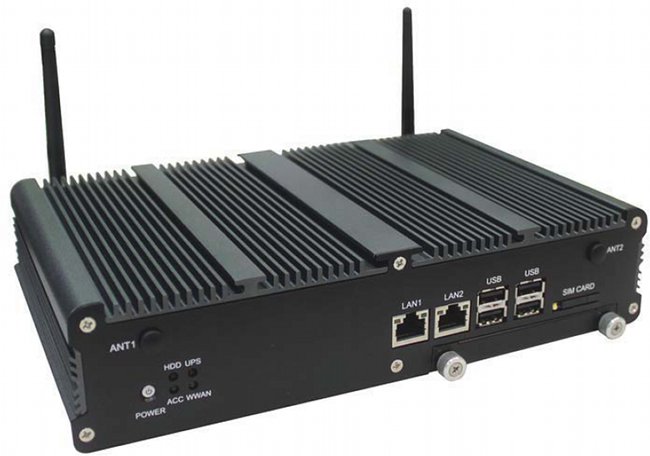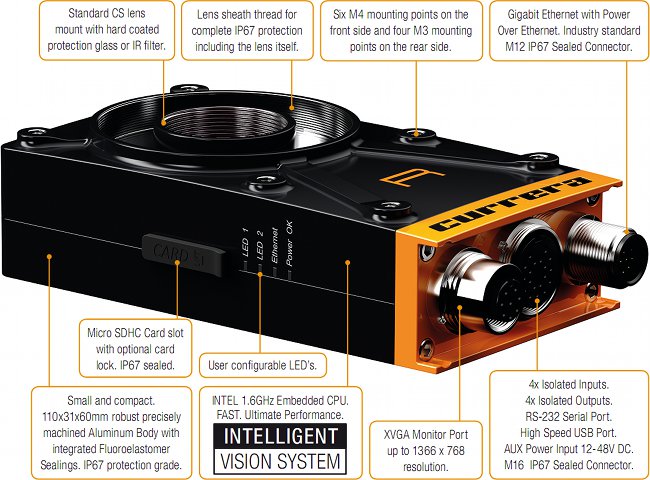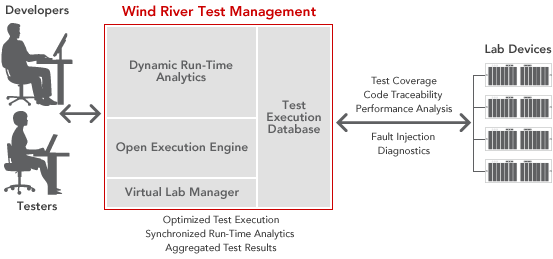The second presentation entitled “Hosting Open Source Projects at the OSUOSL” was presented by Lance “Ramereth” Albertson, Systems Administrator / Architect at OSUOSL (Oregon State University Open Source Lab) at LinuxCon 2011. Abstract: This presentation describes the hosting infrastructure (data centers, networking etc..) and human resources at OSUOSL, lists some famous customers (linux.org, xiph.org), explains how to request hosting for your open source project, lists the software tools used in the hosting servers and finally deals with funding and the future of open source hosting services at OSUOSL. If you want to download the presentation slides, please go to Hosting Open Source Projects at the OSUOSL and use the download button on top of the Slideshare presentation. If it does not work, you may also download a copy here.
LinuxCon 2011 Presentation: Fundamentals of Open Source Development
I’ll post links to the LinuxCon 2011 presentations made available via slideshare by Oregon State University Open Source Lab. There will be 5 blog posts with LinuxCon presentations. The first presentation is the “The Fundamentals of Open Source Development” by Leslie Hawthorn, Outreach Manager and Jeff Sheltren, Operations Manager of the OSD Open Source Lab. The actual presentation took place on the 16th of August 2011 at LinuxCon 2011. Abstract: This presentation deals with the definition of open source, which companies, projects and industries use open source software, how to get started, understanding the open source philosophy, communicating with other developers with mailing lists, IRC,…, using revision control system and general guidelines on how to get involved in open source project. If you want to download the presentation slides, please go to Fundamentals of Open Source Development and use the download button on top of the Slideshare presentation. If it […]
AMD G-Series Vehicle Computer: Portwell PCS8277
Portwell announced a vehicle PC (The PCS-8277) that features an AMD G-Series processor (T56N), 2 bays for SATA devices, 2 gigabit Ethernet ports, 2 USB port, support for wireless networking (3G, Wifi etc..) and a GPS receiver. This type of device is well suited for applications such as digital signage in public transport (subway, buses). PCS-8277 In-Vehicle PC has the following system and I/O specifications: CPU: AMD G-T56N Dual Core 1.6GHz System Memory: 2 x DDR3 1066MHz SO-DIMM up to 8GB Chipset: AMD A55E Controller Hub lrDA: IrDA (SIR, Consumer IR) with TTL level Audio: Realtek ALC662 HD Codec onboard Expansion: 2 x 2.5” drive bay for SATA Type Hard Disk Drive / SSD SIM Card Socket: 1 x SIM Card socket supported onboard with eject MIO: 3 x RS-232 (2 with RS-422/485) DIO: Port 4 in and 2 out with Relay 12V / 80mA USB: 4 x USB 2.0 […]
AMD G-Series based Ximea Currera-G Smart Camera running Linux
Ximea, a company based in Germany, announced a new version of its Currera Smart Camera: the Currera-G based on AMD G-Series APU. Here’s an excerpt of the press release: The CURRERA-G Smart Camera from XIMEA GmbH, manufacturer of industrial, smart camera, and scientific imaging equipment, sets a new standard for machine vision smart camera processing power. The CURRERA-G Smart Camera houses a single-board-computer built around AMD’s new Fusion accelerated processing unit (APU), which combines the power of both CPU and GPU cores on a single die. “AMD’s Fusion processor means the CURRERA-G can deliver 90Gflops of processing power to tackle the toughest machine vision system applications,” says Vasant Desai, XIMEA Co-Founder and Managing Director. “Combining GPU cores on the same die as the CPU enables the heterogeneous system to offload computation intensive pixel data processing from the CPU to the GPU. Released form this task, the CPU can serve I/O […]
Preview of Google TV Add-on for the Android SDK
Google announced that Android Market is coming to Google TV at Google I/O with a preview of the Google TV Add-on for the Android SDK. Google TV devices will be Android compatible with the upcoming OS update to Honeycomb. That means developers can build new Android apps for TV, optimize existing mobile or tablet apps for TV and/or distribute those apps through Android Market. Although this add-on does not contain all features of Google TV, it will allow developers to emulate Google TV and build apps using the standard Android SDK tools. It also provides new APIs for TV interaction, such as TV channel listing. Google TV emulation is currently supported on Linux with KVM (Kernel-based Virtual Machine) only, but Google will provide support for other operating systems later on. An existing Android app may work well on Google TV or it may require fixes depending on the design and […]
Embedded Linux QA with Wind River Test Management 4.0
Wind River has just announced the release of Winder River Test Management 4.0, a test suite specialized in testing embedded devices and allowing the test teams to optimize the testing effort by focusing resources on high-risk areas and deliver a high-quality embedded software solution on time. New Features and Enhancements New preconfigured test suite generators: The following new test suite generation methods are available: Create a test suite based on coverage and execution time: Selects test case instances that will generate the maximum coverage given a fixed time constraint . Create a test suite based on execution results: Selects test case instances that have run with specific final status values. Create a test suite based on requirements: Selects test case instances that are associated with specific requirement records to ensure that all requirements have a test associated with them and are thoroughly tested. Create a test suite based on defect […]
Bootloader to OS with Unified Extensible Firmware Interface (UEFI)
Unified Extensible Firmware Interface (UEFI) is a specification detailing an interface that helps hand off control of the system for the pre-boot environment (i.e.: after the system is powered on, but before the operating system starts) to an operating system, such as Windows or Linux. UEFI aims to provides a clean interface between operating systems and platform firmware at boot time, and supports an architecture-independent mechanism for initializing add-in cards. UEFI will overtime replace vendor-specific BIOS. It also allows for fast boot and support for large hard drives (> 2.2 TB). There are several documents fully defining the UEFI Specification, API and testing requirements: The UEFI Specification (version 2.3.1) describes an interface between the operating system (OS) and the platform firmware. It describes the requirements for the following components, services and protocols: Boot Manager Protocols – Compression Algorithm Specification EFI System Table Protocols – ACPI Protocols GUID Partition Table (GPT) […]
Installing Ubuntu 10.04 LTS in Acer Aspire One D255E
Since I’d like to try Xibo Python Linux client, I’ve decided to install Ubuntu 10.04 LTS in my netbook Acer Aspire One D255. The bad news is that it did not go so smoothly, the good news is that since the wired & wireless network and SD card did not work I can blog the solution about it. Installing Ubuntu 10.04 from a USB thumb drive. First, I went to Ubuntu Download page, change the version to Ubuntu 10.04 LTS – Long Term Support and downloaded the ISO file (ubuntu-10.04.3-desktop-i386.iso). Then I downloaded the Universal USB Installer (For Windows XP) to install the ISO in my USB thumb drive. Finally, I inserted the USB thumb drive in my netbook and performed the default installation, except for partitioning, where I used the 3rd partition in my hard disk and an extra swap partition to install Ubuntu. After installation, everything seems to […]











